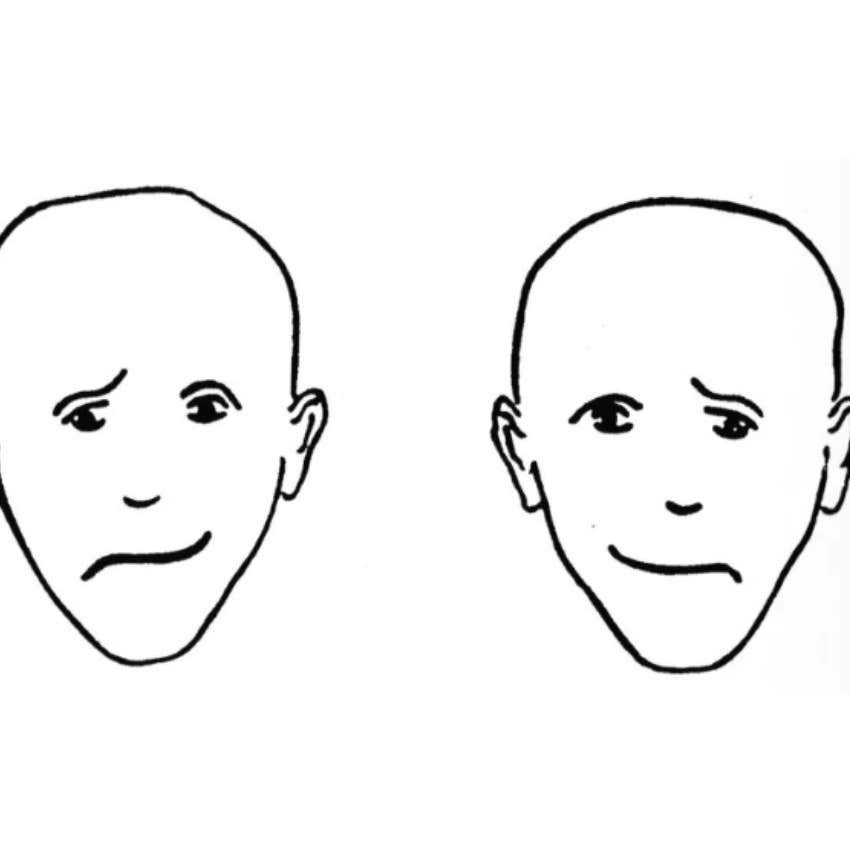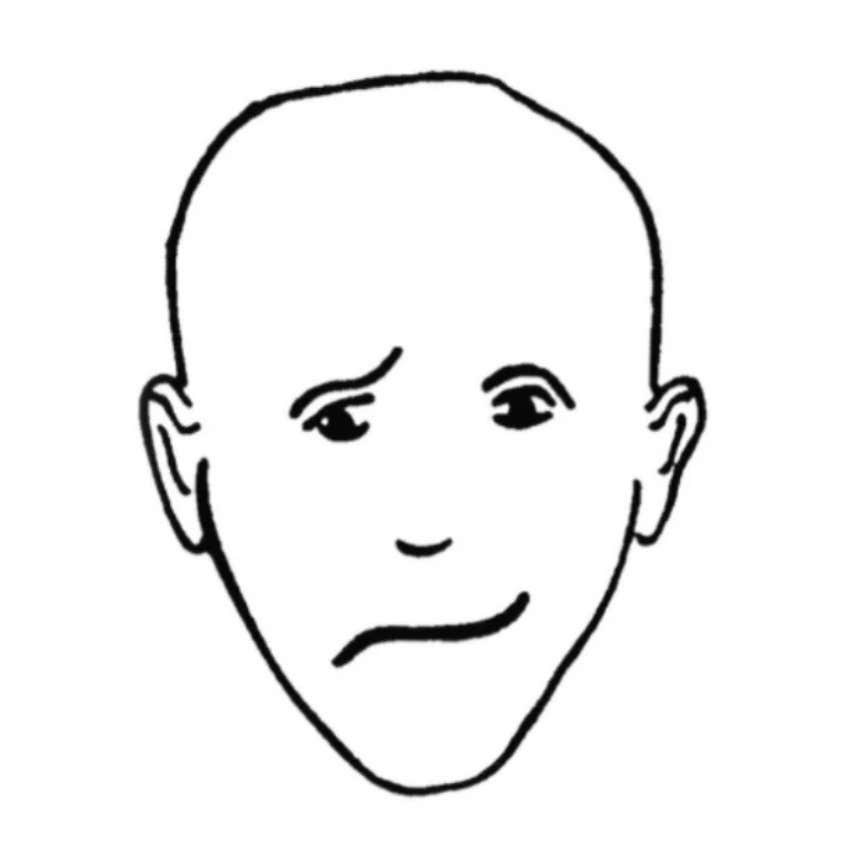Which Face Is Happier? This Optical Illusion Might Reveal If You’re More Of A Dreamer Or A Problem-Solver
Which side of your brain is in charge?
 Christian Agbede | Unsplasj
Christian Agbede | Unsplasj Optical illusions are commonly used to learn about the human psyche. Some turn simple changes into unrecognizable faces, make people look alien-like, cause you to hallucinate, and even determine how much creativity you have.
Visual illusions help scientists understand the limits and capacity of human perception, revealing cognitive sub-processes underlying our perception rather than simply pointing to failures of our perceptual apparatus. Optical illusions have also been used to investigate neurodevelopmental disorders like developmental dyslexia and autism spectrum disorder.
Optical illusions that determine which side of the brain you use have been making their rounds on social media. People have been extremely interested in knowing whether they favor their logical and strategic side, or their creative and imaginative side.
The optical illusion determines which side of the brain you use most, the left or the right. And it is super simple, based solely on which image of a face you find to be the happiest.
Which face is happier? This optical illusion might reveal if you’re more of a dreamer or a problem-solver
The test and how to take it are shared by TikToker Savvas Trichas. He introduces the psychology test by asking which of the two faces, A or B, that appear above his head, you find happier. Trichas tells viewers that the answer will reveal how their brain works.
The TikToker goes on to explain that our brains have two hemispheres, the left and right. The test is meant to show which side of yours is dominant and what that means in relation to your personality.
Picture "A" is a face with a half-smile and one eyebrow, each going downward on the left, while picture "B" is the exact opposite. The photo has been flipped, and the features reversed.
 curtesy of video
curtesy of video
Your left brain is responsible for analyzing, your sense of logic, generating ideas, retaining facts, making calculations, and learning. The right side houses your creativity, intuition, art and creation talents, feelings, and your imagination. There is no better or worse way to be, just different.
Now that you’ve looked at the two faces, decided which one appeared to be happiest to you, and written it down. Trichas uploaded a second part that explains what the face you chose means.
If you chose Face A:
 Courtesy of video
Courtesy of video
If you picked Face A, your left-brain hemisphere is dominant. This means you are a very practical and reasonable person. Your decisions are carefully considered, and you follow reason, not your heart. You are analytical and logical and generally aware.
If you chose Face B:
 Courtesy of video
Courtesy of video
If you picked Face B, your right-brain hemisphere is dominant. You are a very creative, original, and social person. You use your heart and intuition to make important decisions and are guided by how things make you feel. You tend to be optimistic and resourceful.
However, keep in mind that the idea that people can be categorized as "left-brained" or "right-brained" is not supported by modern neuroscience. The right-brain/left-brain myth persists partly due to the Barnum Effect, where people rate generic personality descriptions as accurate when presented as individualized feedback.
Both sides of the brain work together instead of independently, with each hemisphere contributing to complex tasks in complementary ways. The good news is that continued research debunking this myth suggests our cognitive differences are not set in stone either. We can change and improve in whatever we choose to invest time and focus on.
NyRee Ausler is a writer from Seattle, Washington, and the author of seven books. She focuses on lifestyle and human interest stories that deliver informative and actionable guidance on interpersonal relationships, enlightenment, and self-discovery.

